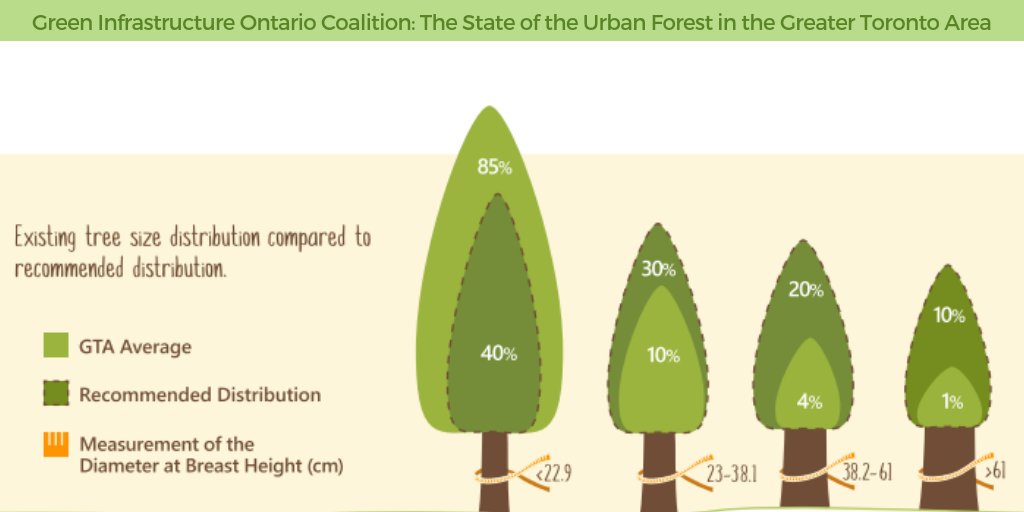After Eliminating Trees, Proper Treatment Is Essential For Landscape Recovery; Figure Out The Necessary Activities To Renew Your Area And Avoid Future Obstacles
After Eliminating Trees, Proper Treatment Is Essential For Landscape Recovery; Figure Out The Necessary Activities To Renew Your Area And Avoid Future Obstacles
Blog Article
Web Content Writer-Tate Mejia
After a tree's removal, your landscape might look fairly different, and it's important to evaluate the consequences very carefully. You'll intend to examine the soil disruption and check bordering plants for any type of indications of tension. Ignoring these variables can bring about bigger issues down the line. So, what should you finish with those stumps and origins? And exactly how do you select the best plants for your revitalized area? Allow's check out these essential steps.
Assessing the Consequences: Reviewing Your Landscape
After a tree removal, it's critical to evaluate your landscape to recognize the impact it carries your backyard.
Beginning by checking out the location where the tree stood. Search for indications of dirt disruption, and inspect the surrounding plants for any kind of tension or damages.
You need to likewise make note of how the elimination has actually altered sunlight direct exposure and air movement in your garden. This change can influence the development of neighboring plants, so it's important to review their health and wellness.
Think about the visual facets as well; the elimination might develop an open space that you can upgrade.
Lastly, think about any possible disintegration concerns that might occur from the tree's lack. Dealing with https://holdenneukb.smblogsites.com/35297189/seasonal-pruning-of-trees-timing-and-methods-for-optimum-development will aid recover balance to your landscape.
Managing Stumps and Origins: Options for Removal
As soon as you've analyzed the aftermath of the tree removal, you'll likely require to take on the stump and roots left behind.
You have a few options for elimination. One effective method is stump grinding, where an expert uses an equipment to grind the stump to below ground level. This approach leaves very little disturbance to your landscape.
If you prefer a DIY method, you can utilize a combination of digging and chemical stump removers. Just remember, this process can take some time and initiative.
Conversely, think about leaving the stump as a natural function, which can serve as a distinct garden component or environment for wild animals.
Whatever you pick, resolving the stump and origins is vital for recovering your landscape.
Picking the Right Plant Kingdoms for Your New Area
As you analyze your recently cleared area, choosing the right plants can considerably enhance your landscape's charm and functionality.
Start by considering the sunlight and soil problems. For bright areas, opt for drought-resistant plants like lavender or succulents. In shaded spots, brushes and hostas thrive well.
Think about the dimension and development habits of your plants; mix perennials and annuals for seasonal range. Do not forget to incorporate native species; they call for less upkeep and assistance local wild animals.
Group plants in strange numbers for a much more natural look and develop layers for aesthetic deepness.
Lastly, guarantee you have a mix of shades and appearances to keep your landscape vibrant throughout the periods.
Delighted planting!
Verdict
Finally, restoring your landscape after tree removal is a rewarding procedure. By analyzing the aftermath, addressing stumps and origins, and picking the right plants, you'll create a flourishing setting. Don't forget to incorporate disintegration control procedures to shield your soil. With a little initiative and care, you can change your area right into a vibrant garden that enhances your home. Embrace the possibility to revitalize your landscape and appreciate the beauty of nature right in your yard!
